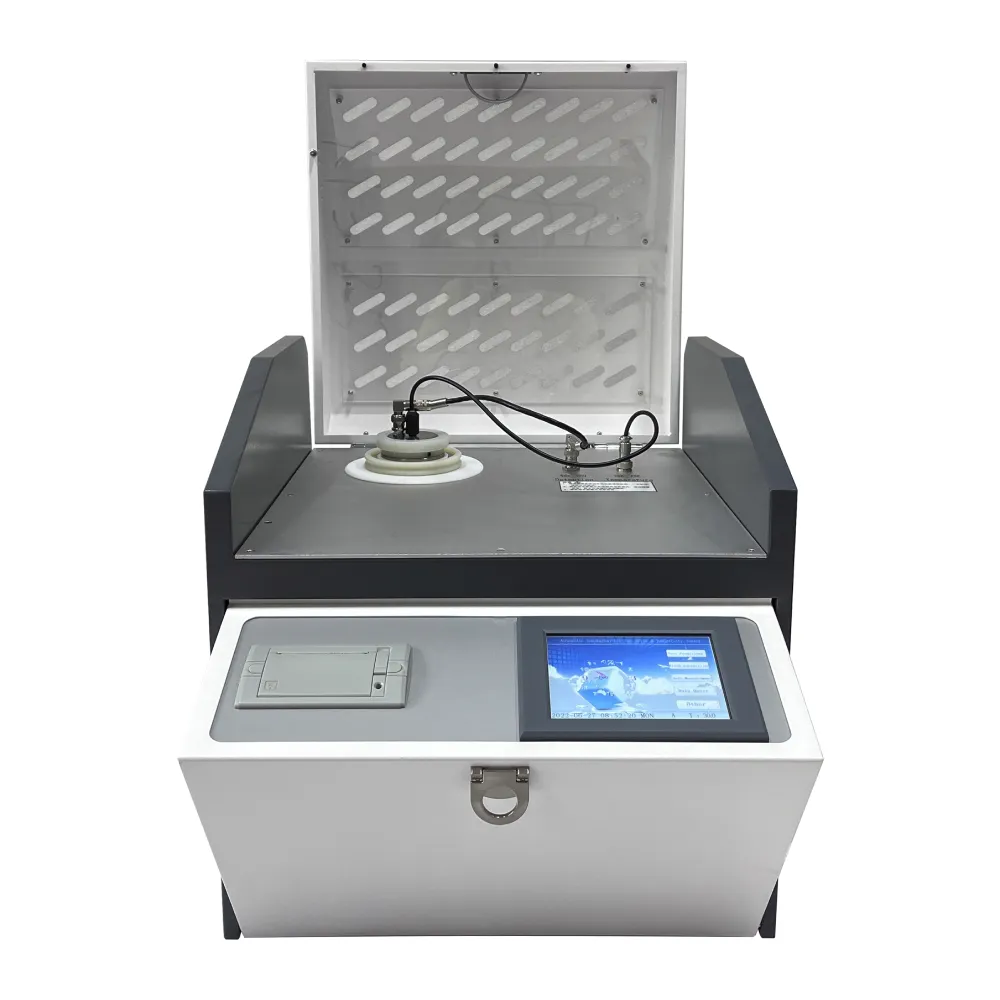 English
English



-
 Afrikaans
Afrikaans -
 Albanian
Albanian -
 Amharic
Amharic -
 Arabic
Arabic -
 Armenian
Armenian -
 Azerbaijani
Azerbaijani -
 Basque
Basque -
 Belarusian
Belarusian -
 Bengali
Bengali -
 Bosnian
Bosnian -
 Bulgarian
Bulgarian -
 Catalan
Catalan -
 Cebuano
Cebuano -
 China
China -
 China (Taiwan)
China (Taiwan) -
 Corsican
Corsican -
 Croatian
Croatian -
 Czech
Czech -
 Danish
Danish -
 Dutch
Dutch -
 English
English -
 Esperanto
Esperanto -
 Estonian
Estonian -
 Finnish
Finnish -
 French
French -
 Frisian
Frisian -
 Galician
Galician -
 Georgian
Georgian -
 German
German -
 Greek
Greek -
 Gujarati
Gujarati -
 Haitian Creole
Haitian Creole -
 hausa
hausa -
 hawaiian
hawaiian -
 Hebrew
Hebrew -
 Hindi
Hindi -
 Miao
Miao -
 Hungarian
Hungarian -
 Icelandic
Icelandic -
 igbo
igbo -
 Indonesian
Indonesian -
 irish
irish -
 Italian
Italian -
 Japanese
Japanese -
 Javanese
Javanese -
 Kannada
Kannada -
 kazakh
kazakh -
 Khmer
Khmer -
 Rwandese
Rwandese -
 Korean
Korean -
 Kurdish
Kurdish -
 Kyrgyz
Kyrgyz -
 Lao
Lao -
 Latin
Latin -
 Latvian
Latvian -
 Lithuanian
Lithuanian -
 Luxembourgish
Luxembourgish -
 Macedonian
Macedonian -
 Malgashi
Malgashi -
 Malay
Malay -
 Malayalam
Malayalam -
 Maltese
Maltese -
 Maori
Maori -
 Marathi
Marathi -
 Mongolian
Mongolian -
 Myanmar
Myanmar -
 Nepali
Nepali -
 Norwegian
Norwegian -
 Norwegian
Norwegian -
 Occitan
Occitan -
 Pashto
Pashto -
 Persian
Persian -
 Polish
Polish -
 Portuguese
Portuguese -
 Punjabi
Punjabi -
 Romanian
Romanian -
 Russian
Russian -
 Samoan
Samoan -
 Scottish Gaelic
Scottish Gaelic -
 Serbian
Serbian -
 Sesotho
Sesotho -
 Shona
Shona -
 Sindhi
Sindhi -
 Sinhala
Sinhala -
 Slovak
Slovak -
 Slovenian
Slovenian -
 Somali
Somali -
 Spanish
Spanish -
 Sundanese
Sundanese -
 Swahili
Swahili -
 Swedish
Swedish -
 Tagalog
Tagalog -
 Tajik
Tajik -
 Tamil
Tamil -
 Tatar
Tatar -
 Telugu
Telugu -
 Thai
Thai -
 Turkish
Turkish -
 Turkmen
Turkmen -
 Ukrainian
Ukrainian -
 Urdu
Urdu -
 Uighur
Uighur -
 Uzbek
Uzbek -
 Vietnamese
Vietnamese -
 Welsh
Welsh -
 Bantu
Bantu -
 Yiddish
Yiddish -
 Yoruba
Yoruba -
 Zulu
Zulu
3 phase transformer short circuit test
Short Circuit Testing of 3-Phase Transformers An Overview
The short circuit test is an essential procedure in the assessment and evaluation of three-phase transformers. This testing method is primarily employed to determine the transformer's impedance, losses, and overall efficiency under fault conditions. By simulating the circumstances that occur during a short circuit, engineers can gain significant insight into the operational characteristics and potential weaknesses of the transformer.
Understanding the Short Circuit Test
In a three-phase transformer, a short circuit occurs when there is a low-resistance connection between two or more points in the electrical circuit, resulting in an excessive flow of current. The short circuit test is conducted by applying a three-phase voltage to the primary winding while shorting the secondary winding. The primary voltage is gradually increased until the rated current flows through the primary winding. This test enables engineers to evaluate how the transformer behaves under stress and to identify its short circuit impedance.
Key Objectives of the Test
One of the primary objectives of the short circuit test is to measure the impedance of the transformer. The impedance is crucial as it affects the voltage drop and power loss during normal operating conditions and short circuit conditions. Additionally, the test helps quantify the copper losses (I²R losses) in the transformer, which occur due to the flow of current through the winding resistance. This information is vital for understanding the efficiency of the transformer and its performance under load.
Furthermore, the short circuit test serves as a basis for calculating various performance parameters such as voltage regulation and fault levels. By analyzing the results, engineers can make informed decisions regarding the design and protection of the transformer and associated electrical systems.
Procedure and Precautions
3 phase transformer short circuit test

The short circuit test is performed using specialized equipment to ensure safety and accuracy. The procedure involves several steps. First, the transformer undergoes visual inspection and pre-test checks to confirm its condition. Next, the secondary winding is shorted while the primary side is energized. The applied voltage is carefully monitored and adjusted until the rated current is achieved. Throughout the process, temperature rises and energy losses are measured and recorded.
Safety precautions are paramount during the test. Since a three-phase transformer operates at high voltages and currents, appropriate insulation and protective measures must be in place. Additionally, qualified personnel should conduct the test to prevent accidents and ensure compliance with regulatory standards.
Implications of Test Results
The results obtained from the short circuit test provide valuable data for both manufacturers and operators of transformers. For manufacturers, it validates the design and construction of the transformer, ensuring it meets industry standards. For utility companies and industries relying on transformers, the test results help in planning maintenance schedules, assessing reliability, and managing the transformer’s operational risks.
Moreover, understanding transformer impedance and losses is critical for optimizing performance and reducing operational costs. It allows operators to implement better protection strategies, minimizing the impact of potential faults and enhancing the lifespan of the transformer.
Conclusion
The short circuit test is a fundamental procedure in assessing three-phase transformers. By simulating fault conditions, this test provides insights into the transformer's impedance, efficiency, and potential weaknesses. The knowledge gained not only assists in the design and manufacturing processes but also plays a crucial role in ensuring the reliability and safety of electrical systems in various applications. As the demand for reliable power supply continues to grow, the significance of thorough transformer testing, including short circuit testing, cannot be overstated.
-
Testing Equipment Industry Sees Major Advancements in 2025: Smart & Precision Technologies Lead the WayNewsJun.06,2025
-
Applications of Direct Current Generators in Renewable Energy SystemsNewsJun.05,2025
-
Hipot Tester Calibration and Accuracy GuidelinesNewsJun.05,2025
-
Digital Circuit Breaker Analyzer Features and BenefitsNewsJun.05,2025
-
Benefits of Real-Time Power Quality Monitoring Devices for Industrial EfficiencyNewsJun.05,2025
-
Earth Fault Loop Testing in High-Rise Building Electrical SystemsNewsJun.05,2025



